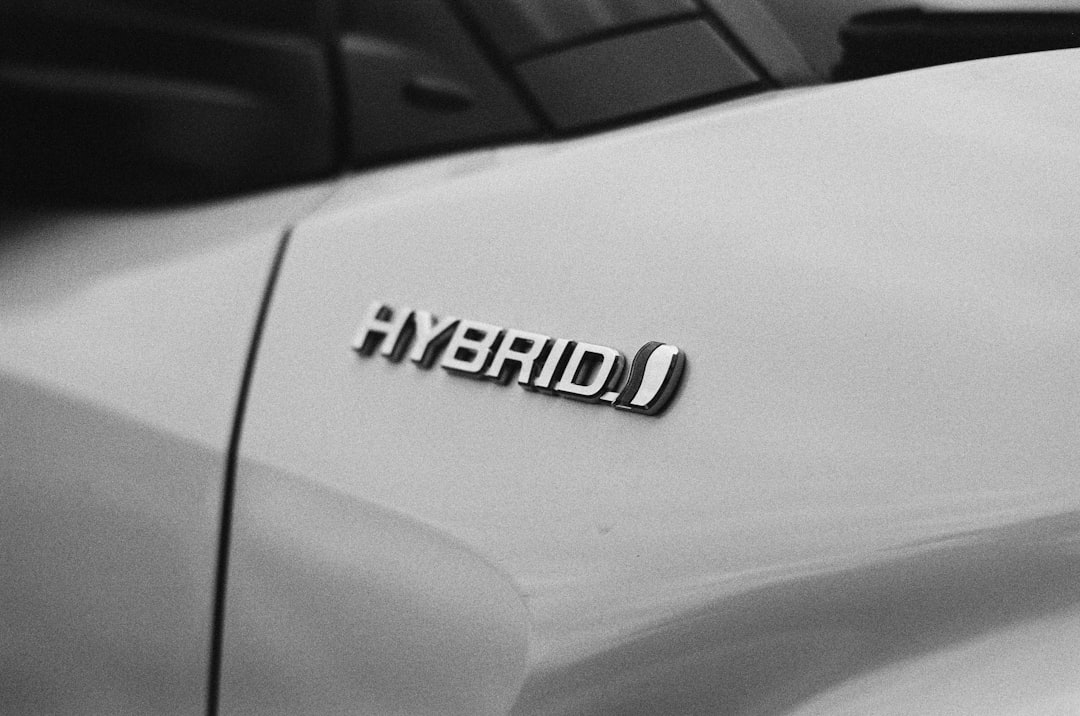What is it about?
This study compares thermal aging effects in Inconel 690 (IN690) produced by forging and powder metallurgy with hot isostatic pressing (PM-HIP). Isothermal aging is carried out over 400–800°C for up to 1000 h and then metallography and nanoindentation are utilized to relate grain microstructure with hardness and yield strength. The PM-HIP IN690 maintains a constant grain size through all aging conditions, while the forged IN690 exhibits limited grain growth at the highest aging temperature and longest aging time. The PM-HIP IN690 exhibits comparable mechanical integrity as the forged material throughout aging: hardness and yield strength are unchanged with 100 h aging, but increase after 1000 h aging at all temperatures. In both the PM-HIP and forged IN690, the Hall–Petch relationship for Ni-based superalloys predicts yield strength for 0–100 h aged specimens, but underestimates yield strength in the 1000 h aged specimens because of thermally induced precipitation.
Featured Image
Why is it important?
Thermal aging effects IN690 for nuclear reactor applications.
Perspectives
Thermal aging generates precipitation after 1000h which strengthens the material beyond Hall-Petch relationship.
Dr. Keyou S. Mao
Purdue University
Read the Original
This page is a summary of: Comparative Thermal Aging Effects on PM-HIP and Forged Inconel 690, JOM, March 2018, Springer Science + Business Media,
DOI: 10.1007/s11837-018-2818-z.
You can read the full text:
Contributors
The following have contributed to this page










